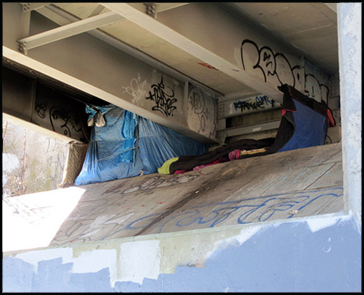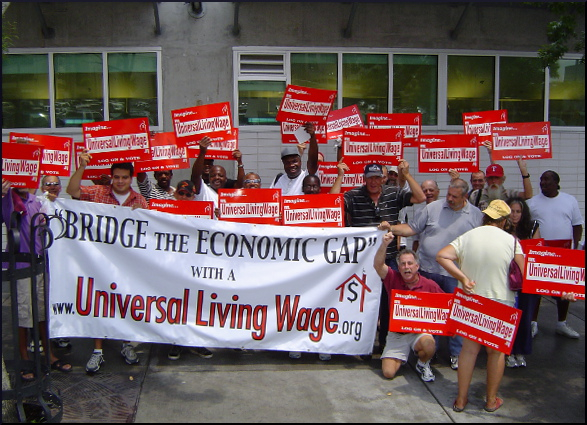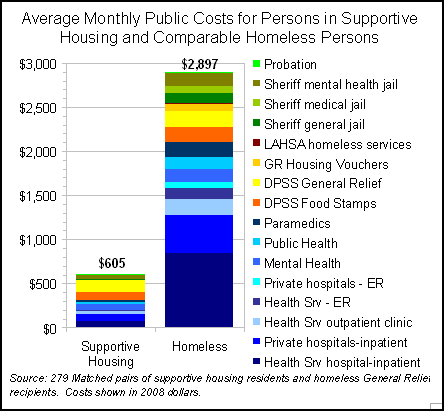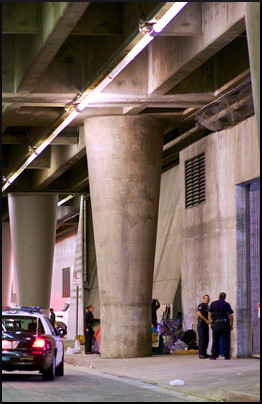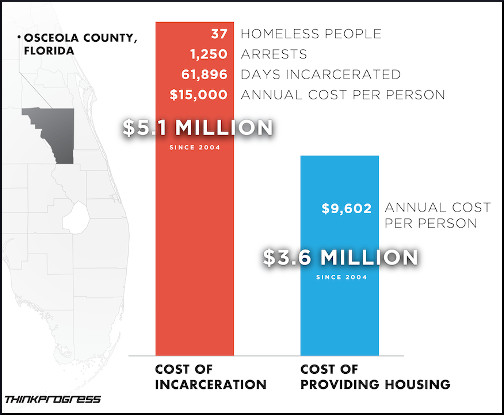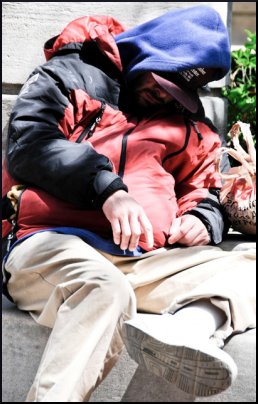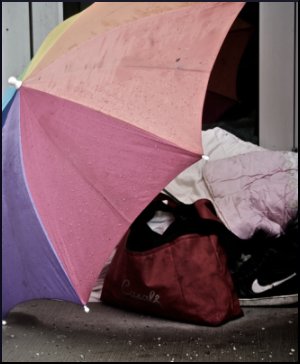
Last time, House the Homeless looked at how things are working out in Salt Lake City, Utah. Getting every military veteran off the street is a big priority there, as both the city and the state want to continue to lead the way toward the Veterans Administration’s goal of eliminating veteran homelessness by next year.
Freedom Landing is owned and administered by the municipal Housing Authority. The 110-unit transitional housing facility provides not only a roof but several case managers to help individuals focus on stability and re-entry into both the job market and society in general. At any given time, close to half the residents are already employed and preparing to launch out on their own.
The veterans who live in the repurposed hotel contribute to their rent, and the VA pays part of it. It appears that meals are catered in, but up until a year ago, the only way for a resident to prepare food was to keep an electric skillet or rice-cooker in his or her room. Last March, an underutilized TV room was remodeled into the Freedom Diner and stocked with food donated by the Mormon Church.
Two stoves were installed, one of them wheelchair-accessible, as are some of the tables and counters. People who like to cook are welcome to, not only for themselves but for sharing as well. The idea is to reduce isolation, provide a hangout for morning coffee drinking, and generally foster a sense of camaraderie.
Dentistry
Just two months ago, the Fourth Street Clinic announced its expansion plans, including a dental care center for the homeless, which hopefully will be fully functional by the end of 2015. The Salt Lake Tribune reported:
Dental care has been a major service gap for uninsured Utahns, as decayed or missing teeth erode self-confidence, contribute to unemployment and perpetuate homelessness…. Oral health care will be fully integrated into Fourth Street Clinic’s primary care services and delivered by a combination of paid staff, students, and volunteers. Fourth Street Clinic is currently engaged in a broad-based community fundraising campaign to raise the $450,000 needed to annually operate the dental clinic.
LGBT Youth
Salt Lake Tribune reporter Peggy Fletcher Stack wrote earlier this week about the Family Acceptance Project, designed to alleviate the isolation and despair experienced by teens and young adults who are gay, lesbian, bisexual, or transgender.
Research led by Caitlin Ryan of San Francisco State University has shown that in any given year more than 5,000 young people experience homelessness in Utah. About 40% of them are LGBT, mostly from homes characterized as socially and religiously conservative. The Mormon Church is collaborating with other churches and organizations to prevent homelessness among young people by educating families and urging them not to react judgmentally to the news that a teenager is gay, bisexual, or transgender.
‘Support Salt Lake Street News Vendors, Not Panhandlers’
The slogan quoted above refers to the Salt Lake City Mission’s newspaper vending program which was launched last fall to help hundreds of people experiencing homelessness to make honest money as independent marketing agents of the Street Newspaper. The available information is confusing. Reader comments to the Salt Lake Tribune story about the program included this one: “I thought I’d get writing and news from the local homeless population but instead I read nationally syndicated opinions.”
Apparently this was not a true launch but a revival of an earlier version of the publication. The Mission’s website includes issues dated from May/June 2010 up until February 2012, with no indication of what happened between then and last October. But back in the early days, there was plenty of local material. Volume 1 Number 1 contained such stories as “Life of a Katrina Evacuee” and “Dying Boy’s Last Wish is to Help Homeless,” and the rest of the pages were all pretty much about street life. Sadly, less than two years later, almost every page included a “your ad could be here” type of space filler. May the newest incarnation of the Street Newspaper prove more successful for all involved.
Reactions?
Source: “New ‘diner’ will help Utah’s homeless veterans share a meal,” SLTrib.com, 03/04/13
Source: “Clinic opening to fill dental-care gaps for homeless,” SLTrib.com, 01/18/14
Source: “New program aims to prevent suicide, homelessness in LGBT Mormon youth,” SLTrib.com, 03/14/14
Source: “Homeless sell “Street Newspaper” rather than panhandling,” SLTrib.com, 10/02/13
Source: “Salt Lake Street News,” SaltLakeCityMission.org
Image by Garrett

